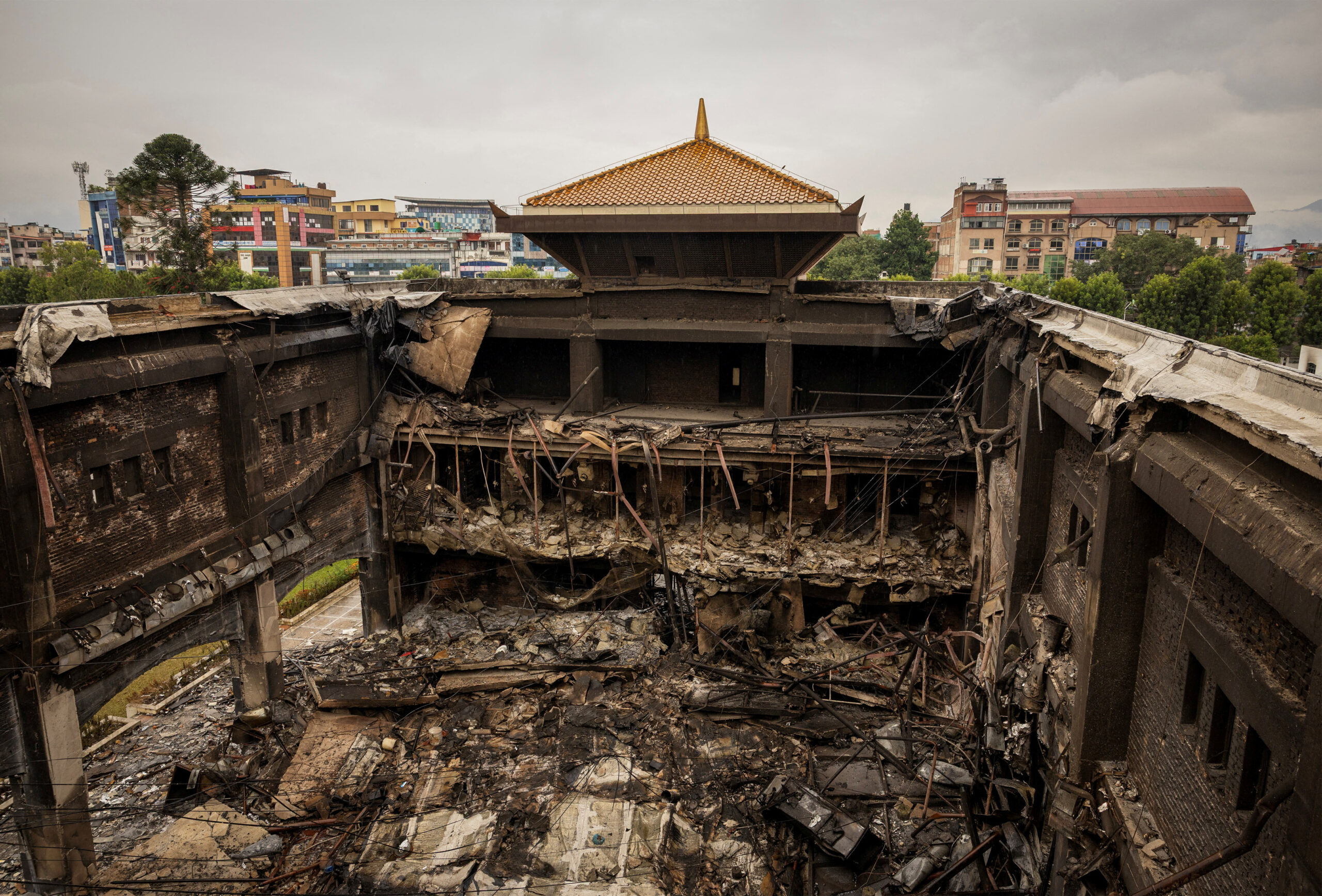In recent weeks, Nepal has experienced a significant uprising, joining Bangladesh and Sri Lanka in a pattern of governmental collapse driven by mass protests fueled by economic despair. The backdrop to these protests underscores a broader narrative of economic instability pervasive in South Asia, where political crises often trace their roots to failing economies. In this article, we will explore the economic factors leading to Nepal’s upheaval, its implications for the region, and the urgent need for systemic change.
### Economic Underpinnings of Civil Unrest
On September 8, 2025, the Nepali government banned twenty-six social media platforms, aiming to quell dissent amid rising public anger over economic hardships. This move proved counterproductive, igniting protests in Kathmandu that resulted in significant loss of life and property. Amid these upheavals, analysts have scrutinized the political implications of Prime Minister KP Sharma Oli’s resignation and the appointment of former Chief Justice Sushila Karki as interim leader. However, understanding the economic factors at play is critical to comprehending the full picture.
The uprising reflects a shared experience among South Asian nations grappling with economic malaise. In all three instances of civil unrest, citizens have confronted rampant unemployment, inflation, and systemic corruption that have eroded public trust and exacerbated hardship. In Nepal, over 60 percent of the population is under thirty, with youth unemployment exceeding 20 percent—a ticking time bomb for political stability.
### Nepal’s Remittance-Dependent Economy
The structure of Nepal’s economy highlights its vulnerabilities. More than a quarter of the nation’s GDP relies on remittances from expatriates—many working in the Gulf states. This reliance keeps the economy afloat but leaves it susceptible to external shocks and global economic fluctuations. Any changes in foreign labor policies or economic downturns in host countries directly affect millions of households reliant on these income streams.
Furthermore, the domestic job market has failed to absorb the growing youth population. Nepal’s education system struggles to equip graduates with skills aligned to current labor market needs, leading to widespread underemployment and disillusionment among the young workforce. As political instability heightened, so did the economic fallout: protests have inflicted losses estimated at $22.5 billion, nearly half of Nepal’s GDP.
### Regional Challenges: A Broader Context
Comparatively, Sri Lanka stands as a prominent example of how economic issues can culminate in unrest. Previous administrations neglected crucial state institutions while accumulating significant debt through ambitious but unprofitable infrastructure projects. Tax cuts, mismanagement, and the COVID-19 pandemic precipitated a financial crisis that left citizens grappling with severe shortages of food, energy, and basic necessities.
In a parallel situation, Bangladesh’s growth narrative has unraveled against a backdrop of surging inflation and accusations of elite corruption. As public discontent grew, government repression only intensified, mobilizing young activists alongside traditional protest forces.
Each of these countries has experienced a similar arc: economic distress leads to eroding public trust, prompting citizens to take to the streets to demand change. The economies of Bangladesh, Sri Lanka, and Nepal reveal a shared vulnerability to external events and a glaring need for meaningful economic reform.
### Youth Mobilization and Social Media
The role of young people in these uprisings is a critical aspect of the narrative. In Nepal, social media became a powerful tool for organizing and activism, with Gen Z dominating the online discourse and translating it into real-world protests. Much like in Sri Lanka and Bangladesh, young people have been at the forefront of the calls for accountability, demanding not just economic reform but better governance and transparency.
These movements are notable for their inclusivity. While young people often lead the charge, they have united diverse groups across age and socio-economic lines. In Sri Lanka, for instance, protests saw participation from farmers, students, and professionals alike, joining forces against a common adversary—governmental neglect and corruption.
### Implications for the Region
The scope of these uprisings signals an essential lesson for policymakers both within and outside of South Asia: addressing economic fragility is crucial for sustaining political stability. With the Indo-Pacific region at a geopolitical crossroads, instability in South Asia can ripple across broad swathes of economic and political relationships. Countries are increasingly attentive to the lessons from these upheavals, understanding that complacency in the face of corruption and economic strife can lead to disastrous outcomes.
Stabilizing these nations requires a multifaceted approach, focusing on reducing inflation, creating jobs, and facilitating economic diversification. Policymakers must also prioritize addressing public grievances, emphasizing transparency, and holding elites accountable.
### Conclusion: A Call for Change
The recent upheaval in Nepal, mirrored by similar events in Bangladesh and Sri Lanka, raises pressing questions about the sustainability of existing political and economic systems in South Asia. Economic reality cannot be ignored in the pursuit of stability; leaders must take proactive steps to address the underlying issues that fuel unrest.
The youth of South Asia—once considered a demographic dividend—are emerging as a potent force for change. They are demanding accountability, transparency, and opportunities that have long been denied. As they mobilize to confront the economic crises affecting their daily lives, policymakers must act decisively to implement reforms that secure a better future for all.
Ultimately, the groundwork for political stability lies not merely in diplomatic engagement but rather in addressing the everyday economic realities that shape the lives of millions. Failure to do so risks not just continued unrest in Nepal but destabilization across the entire region. The lessons from South Asia are stark—a call to action for systemic change resonates louder than ever.
Source link










